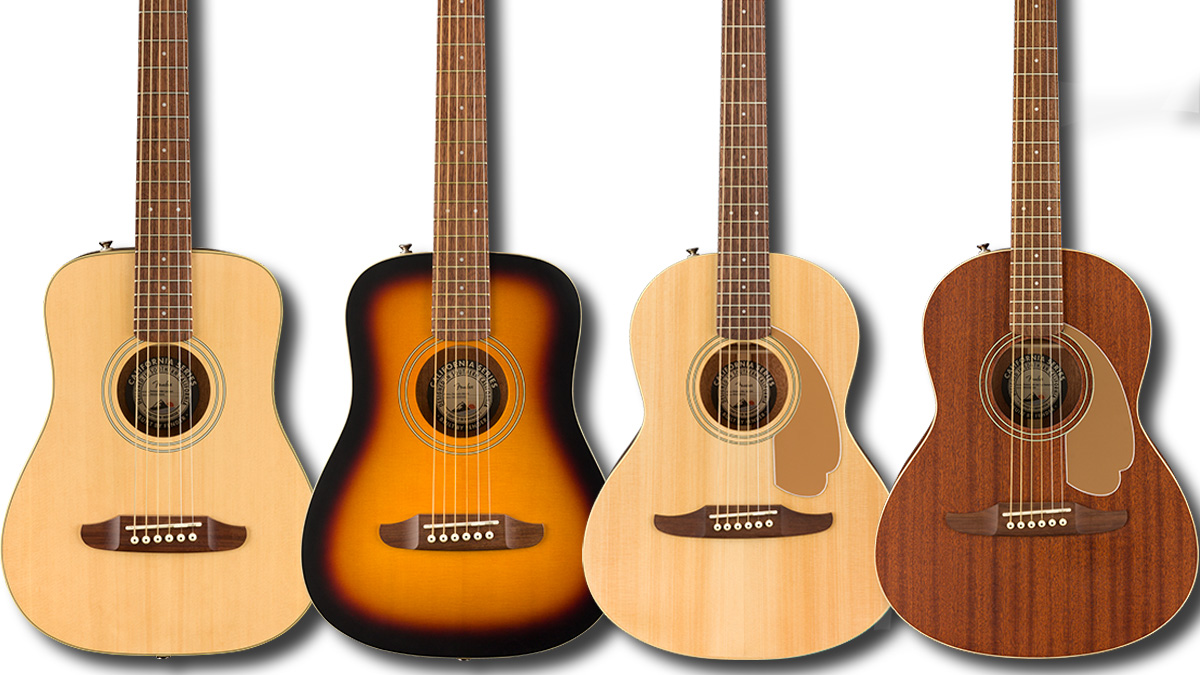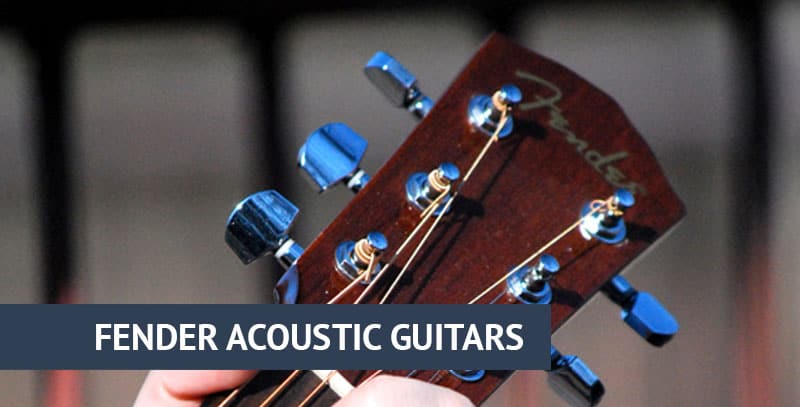

However, if you mostly play fingerstyle and prefer response, good note separation and articulation over clarity and volume Mahogany may be a better option. a guitar to strum chords on spruce may be preferred. The tone is subjective but in most cases, if you are looking for a strummer e.g. A Spruce top will sound different from a Mahogany top, and a Cedar top will sound different again.

you hit an open G string and the battery lid of your onboard preamp resonates with the frequency of the note played. This might only apply for specific frequencies e.g. the strings are buzzing the fret wires or the guitar has an item of loose hardware that is vibrating. Buzzing: If you hear buzzes or mechanical vibrations the guitar either has a problem with the action e.g.Consider the following with regard to how the guitar sounds. But, just because you are new to the guitar doesn’t mean you should use your eyes over your ears to judge the quality of a guitar. Those new to guitar tend to put too much emphasis on how a guitar looks compared to how it sounds. The real indication of a good guitar is how it sounds. Issues such as a high action, loose frets, jagged fret ends or fret buzz all have an impact on playability, which indirectly affects how the guitar sounds and directly affects how enthusiastic a beginner might be to practicing and improving. Poor intonation could indicate problems with fret positioning, the position of the bridge of the guitar, problems with the nut, an action that is far too high, or a neck that requires truss rod adjustment. Poor intonation essentially means the guitar is not in tune with itself (you can check by comparing the open string to the 12th fret octave). A guitar that won’t stay in tune could indicate a poorly cut nut, poor intonation, or too much play in the tuning machines. But, generally when guitars are made in countries with lower manufacturing costs problems can develop as the company balances quality against total production costs, which can lead to inconsistent quality control.

That’s not to say workers in these factories are any less capable. These countries include China, Indonesia, Korea, and Mexico. away from the companies main headquarters due to wages and the cost of living being lower, resulting in lower production costs. Many guitars are now manufactured offshore e.g. In general, despite the advent of CNC technology resulting in more precise (and in most cases higher quality) entry to mid-range acoustic guitars, this continues to be a common theme. It’s difficult to say whether a model of guitar is good if the quality varies wildly, even between models within the same series. Good means many different things to different people, but in the case of Fender® acoustic guitars, with the exception of the Acoustisonic series, good really means, good value as the price has to be taken into consideration when discussing sub $500 guitars, which the majority of Fender’s® acoustic lineup consists of.īut, even discounting price for a moment, in terms of what makes a good guitar, a couple of things apply universally: Manufacturing consistency

How do you know if an acoustic guitar is good? What makes a good acoustic guitar anyway? We’ll also take a quick trip down memory lane and learn about the fascinating history of their first acoustic range.įor beginners, a number of Fender® acoustic models are worth a look, particularly the Fender Alternative, and Classic Design Series, and compare favorably to acoustic guitars of a similar price range from Yamaha, Cort, and Washburn. In the following article, we’re going to take a closer look at Fender’s® acoustic guitar range, and how customers who have bought their guitars feel about them. But, what about their acoustics? Are Fender acoustic guitars good? or simply a poor cousin to their range of electric guitars. Fender®, arguably one of the most recognizable brands in music, enjoys an enviable reputation for its electric guitars and amplifiers.


 0 kommentar(er)
0 kommentar(er)
